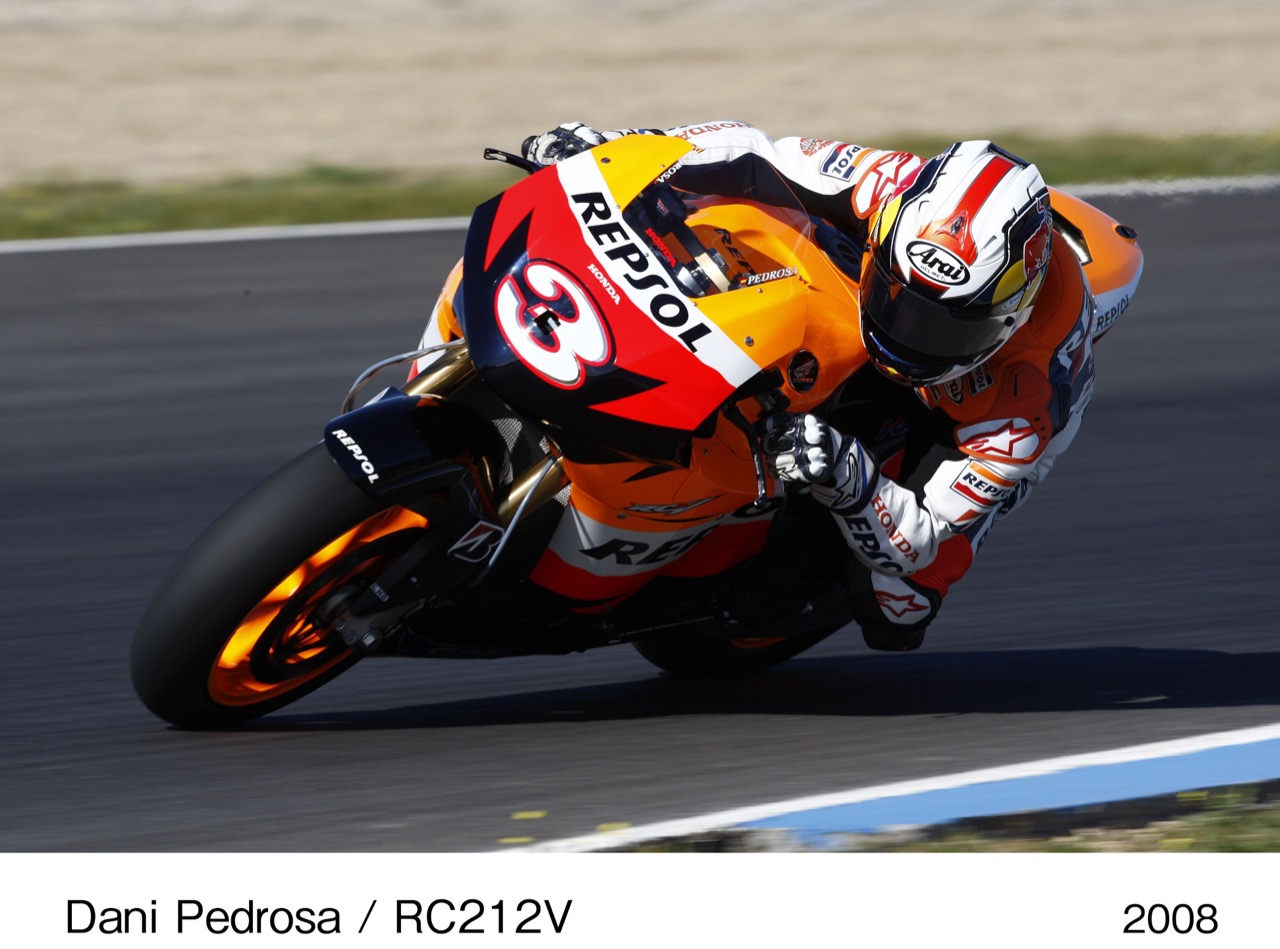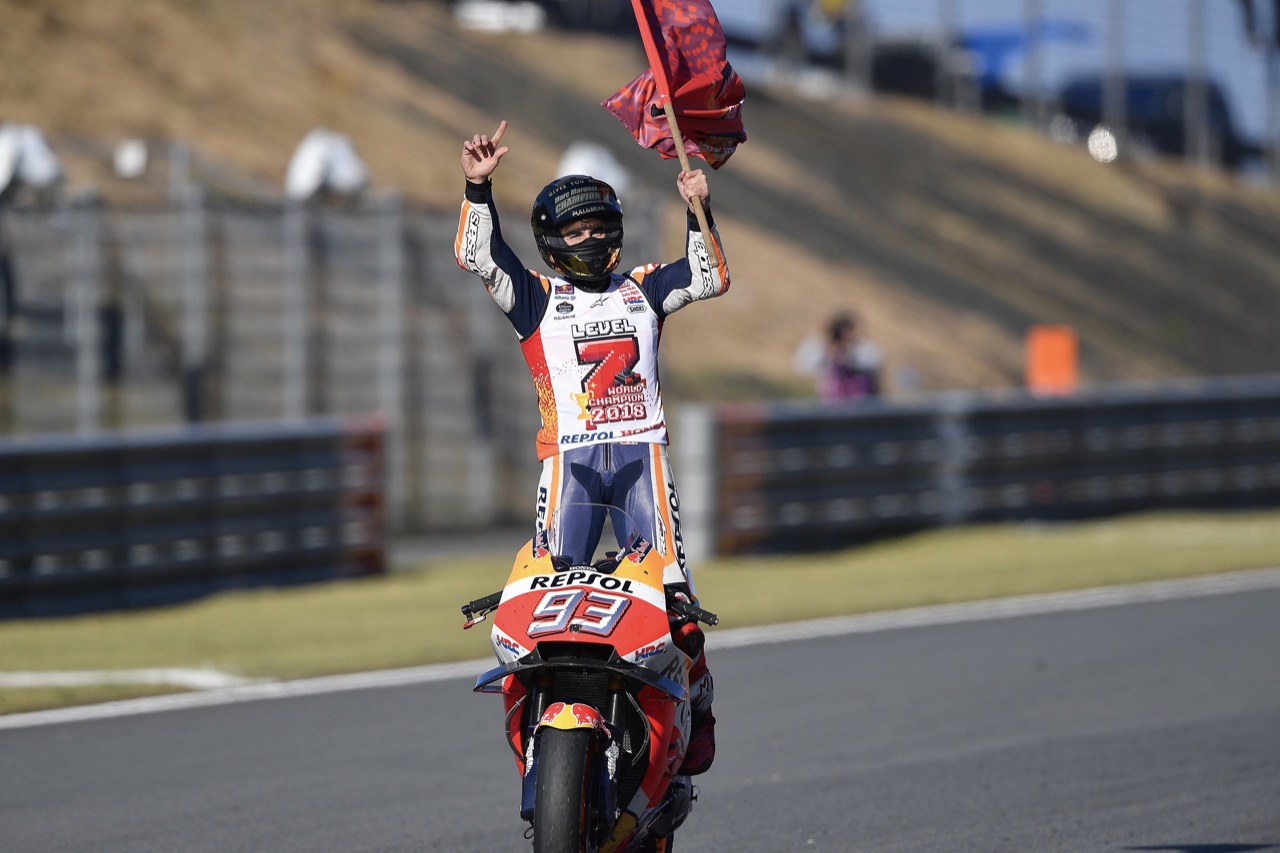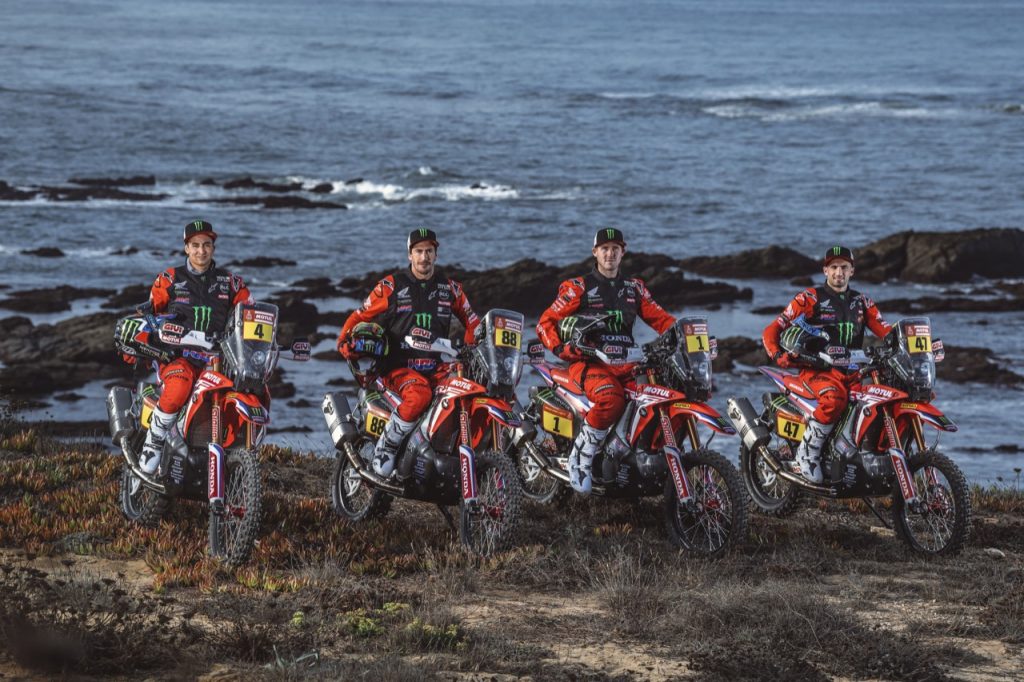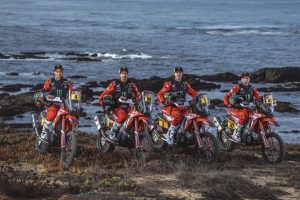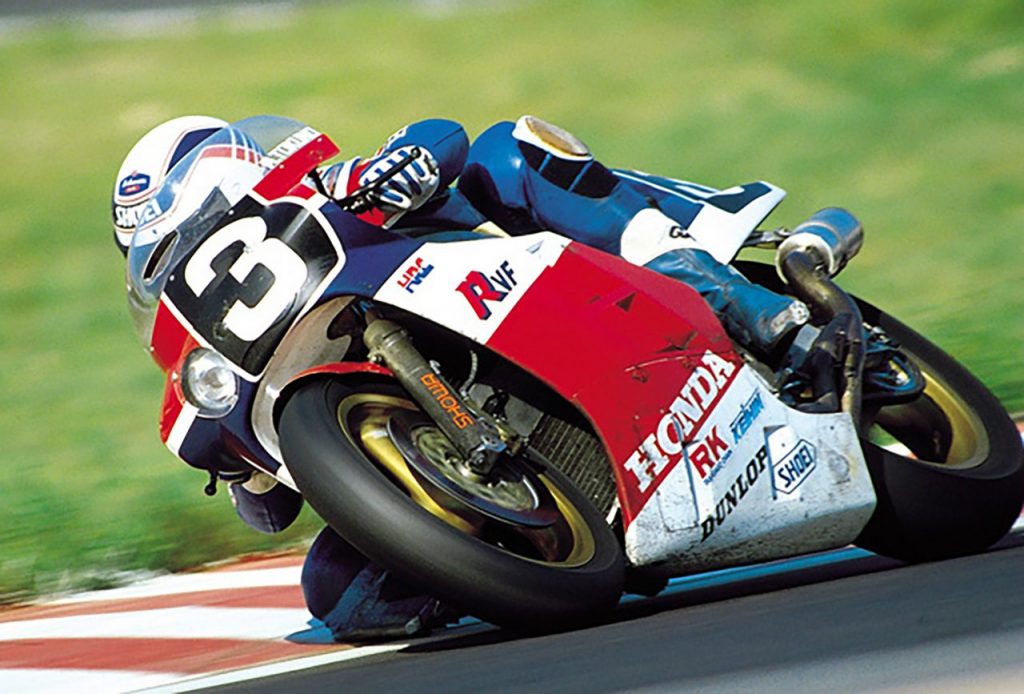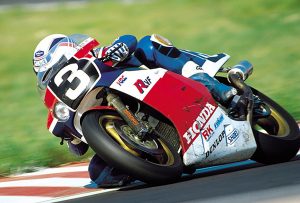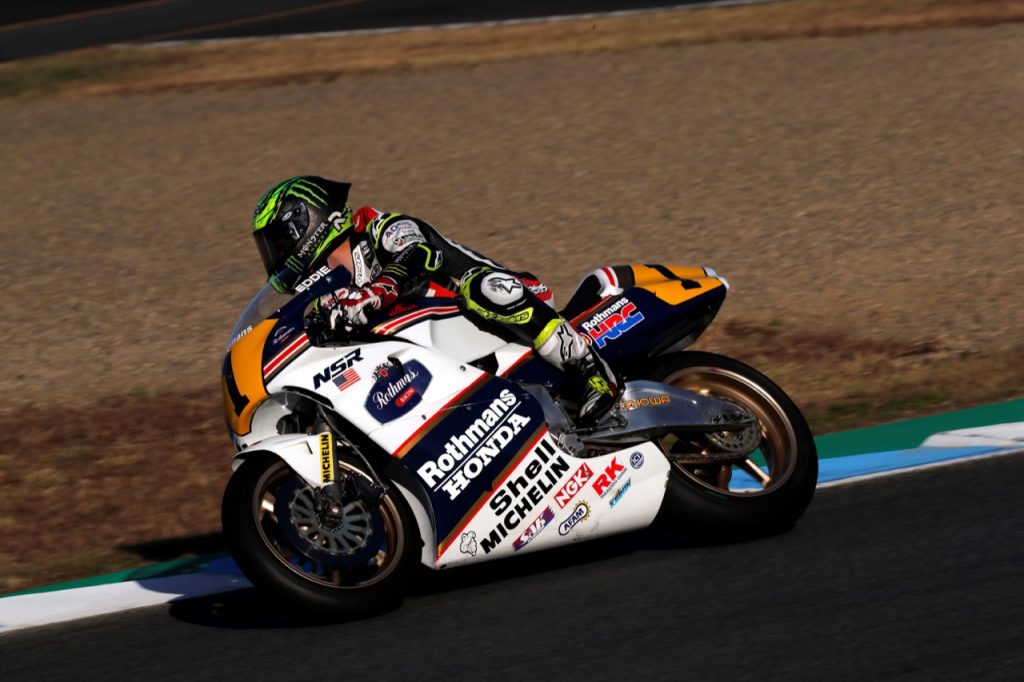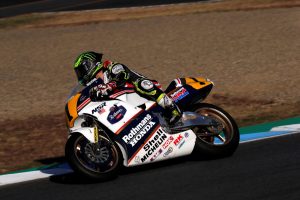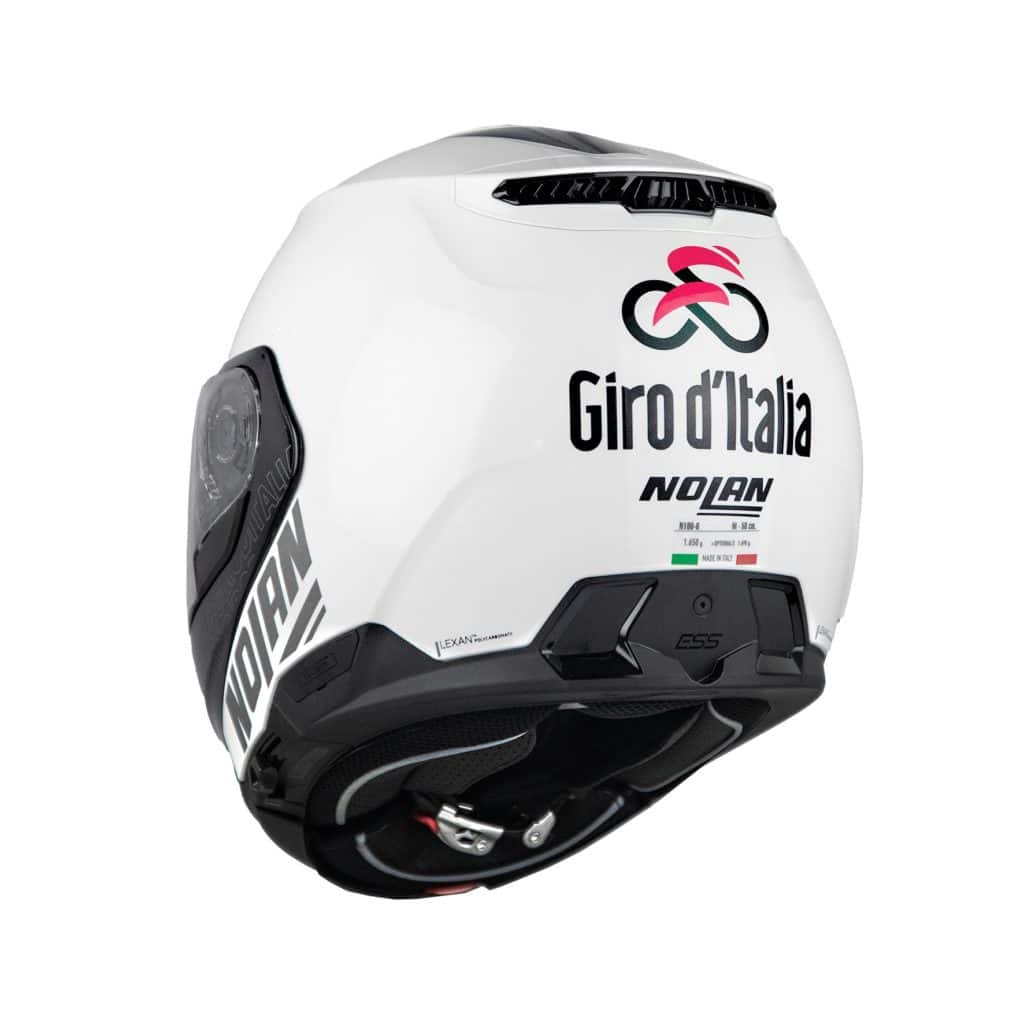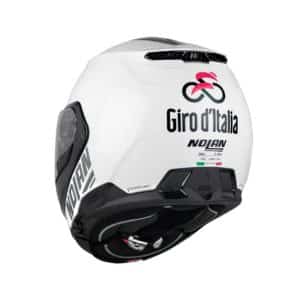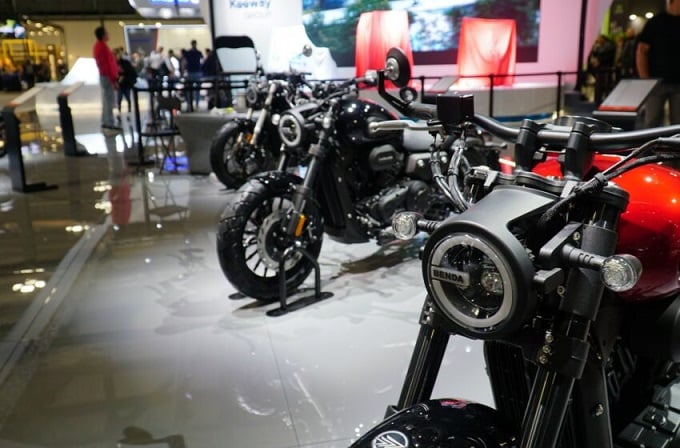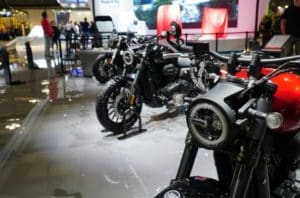Honda RC211V, RC212V and RC213V: a winning evolution in MotoGP [PHOTO]
Alchemy between technique and talent
Le Honda RC211V, RC212V e RC213V they have been protagonists in the last ones 18 seasons di MotoGP, starting from 2002, allowing the conquest of well 22 titles world championships between Drivers' and Constructors' Championships, thanks to the skill of the technicians HRC and the pilots involved over the years.
Triumphal seasons
They are 153 the seals placed during the period in question. There is currently no racing due to the health emergency linked to Coronavirus COVID-19. We also remember the epochal transition of the MotoGP class to four-strokes, after the "tightrope" two-strokes. Vehicles that are still an emblem for past generations of riders today. A transit which is accompanied by the introduction of technological solutions which over time, following production criteria, also reach production models.
The recent ones Honda RC211V, RC212V it's the last one RC213V they follow in succession the name associated by the Japanese company with its racing models, already in evidence in the 60s. RC is the acronym of Racing Cycle, i.e. “competition motorcycle”; while the figure 211, 212 o 213 signals the progressive progression of the models developed for GPs in the new century. Basically the first, second and third motorcycle in this 21st century. In the end V underlines the configuration of the five or four-cylinder engine that powers these prototypes.
Honda RC211V
This project was employed since 2002, the year of the aforementioned transition to four strokes. It has been so until now 2006. Many names have led this model, including Valentino Rossi. The Doctor, after his experience riding the legendary NSR500, was able to make the most of its potential. But he wasn't the only one. Riders such as Alex Barros, Max Biaggi, Toni Elias, Sete Gibernau (a rider remembered above all for the close battle in 2005 with Rossi, who moved to Yamaha), the late Nicky Hayden, Marco Melandri, Dani Pedrosa, Makoto Tamada and Tohru Ukawa, listed alphabetically.
There are 48 successes in MotoGP counted between 2002 and 2006. Three Riders' Titles (the first two won by Valentino Rossi in 2002 and 2003, the third by the American Hayden in 2006 in one of the most intense seasons in memory) and four Builders.
This motorbike based partly on the design of previous generations, but also adopting solutions more linked to some series models, features a V da 75,5° da 990 cc, with three cylinders at the front and two at the rear. The "centralization of masses" is crucial, making the weights converge around the central body of the vehicle, to optimize its efficiency. Above all, the location of the tank, with a third of the petrol under the driver, also centralizing the fuel load, favoring the same approach of the pilots in the early stages of the race, also considering the previous difficulty in managing the mass of fuel housed in the upper part. Going back to what was reported by the Honda Racing Department, if an NSR500 reached 70% of its potential in the first laps, the percentage on the new project ranged between 80 and 90% in these same phases.
Returning to the engine, regarding the development of the cylinders, inspiration was drawn from the experience with the V4 engine linked to the RC45. The winning model in the 1997 World Superbike Championship. This can be seen by noticing a similar combustion chamber and bore and stroke values. The timing is also interesting "big Bang" for rear adhesion, taking up a concept applied on Honda NSR500 and introduced as far back as 1992.
Along with the chassis and design, the "flat" torque curve was also peculiar, allowing riders to make the most of traction to the advantage of the same performance.
Initially the expressed power reached 220 horsepower, with a setup that was not always optimal. Just consider the performance of the model entrusted to Ukawa, which reached 324,5 km/h at Mugello in June 2002. But in the last season in which the prototypes powered by 990 cc units were protagonists, the power level was already increased considerably, given that Casey Stoner took the speedometer indicator to 334 km/h at Mugello.
Honda RC212V
Responding to regulatory changes in 2007, first of all the downsizing of the engine displacement from 990 to 800 cc, a new motorcycle was created taking advantage of the experience gained in previous years.
A different prototype, considering the presence of a smaller and less powerful heart. Consequently it required a different driving style, i.e. more consistent when cornering. At the beginning the path was not easy, but over time other successes came thanks to progressive refinements on the engine, chassis and electronics, especially with the latter.
The initial difficulty was linked precisely to the delivery, despite the reduced power. The same V4 with a narrower angle it exceeded 18.000 rpm, i.e. 2.000 more than its predecessor, equipped with pneumatic springs for more efficient management of valve lift at higher rpm. The power curve was steeper and therefore advanced electronic systems such as Anti-Wheelie, Traction control e Launch Control. Hence the increasingly lower lap times, as the higher cornering speed compensated for the slight reduction in acceleration and top speed. Also on Mugello, Pedrosa riding an RC212V reached 317,6 km per hour, setting a time just 0,037 seconds slower than the record set with a 990 cc prototype, as remembered. As evidence of constant progress.
Then several frames were designed, evaluating the right balance between reactivity and stability, starting from the use of an aluminum base with CNC machined sections, while in 2010 a composite made of aluminum and carbon fiber was evaluated, together with suspensions Öhlins. In 2011, the season in which Casey Stoner won, the bike was equipped with an entirely aluminum frame. Precisely in that same year the performance of the 800s was significantly improved compared to the 990 cc generations, keeping in mind that they were still two seconds faster at Mugello, if we consider the race held in 2006.
Furthermore, in the final stages of this evolution, the Japanese manufacturer adopted two important technologies taken from Formula 1: a torque sensor on the secondary shaft of the gearbox (the called Torductor) in 2010 it's a seamless exchange in 2011.
Honda RC213V
From 2012 up to now the displacement has become 1.000 cc. The one combined with a new project. A new phase linked to a third bike, still the result of the experience accumulated previously but with significant innovations. It cannot be considered a simple increase in cubic capacity, but something completely new starting from an engine V4 with a different and wider angle between the banks, now 90°. Like the oval piston engine of the NR500 of the early Eighties and the various road models VF750, VFR750, RC30 e RC45 between the 80s and 90s.
Although it is not as compact as the previous ones, some advantages have emerged that can be obtained from the optimized balance of the masses, as well as aspects such as reliability and precision in the experimentation of various "big bang" timing and an accurate development of components linked to the chassis, airbox, exhaust and tank, reducing the overall dimensions of the vehicle.
The great potential of the new prototype emerged already in 2012, again on the Mugello track, when Dani Pedrosa managed to shave 4,9 seconds off the lap record set in 2002, reaching 342,9 km/h on the straight. That is 18,4 km/h more than the RC211V. And then the winning combination of the new RC213V and the rising star Marc Márquez was born. In 2013 the Spaniard became the first world champion rookie in MotoGP, equaling what only Kenny Roberts had managed in 1978, in the then 500 class. Over the course of the seasons, riders such as Casey Stoner, Dani Pedrosa, Cal Crutchlow and Jack Miller.
Márquez did it again in 2014, winning 13 races out of 18 events. A seasonal record equal to that of Mick Doohan riding the NSR500 in 1997. The series was interrupted in 2015 despite the 7 successes achieved by Márquez and Pedrosa, then in 2016, with the new regulatory changes, the arrival of Michelin in the supply and the adoption of a single control unit, suggested to the technicians a "softening" of the delivery with necessary and subsequent interventions such as a reversal of the direction of rotation of the crankshaft and a modification of the timing, still taking up the indications. A work that also involved aerodynamics, with an evolution applied to obtain greater payload for stability and performance. In the 2019 season the Spaniard won again, scoring another triumph in the last stage in Valencia. His 56th success in MotoGP and the 81st for the RC213V in eight years of activity, out of 145 races held since the introduction of the 1.000 cc engines.
Photo: Honda Racing
if you want to always be updated on our news
Follow us here















